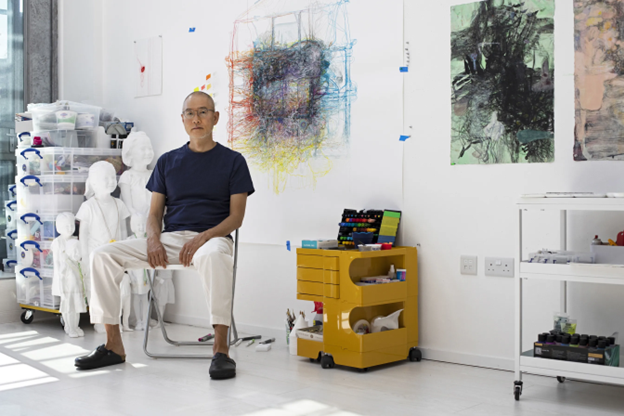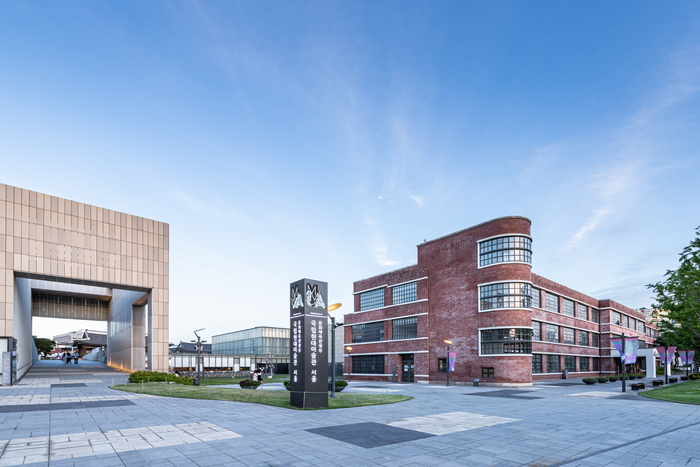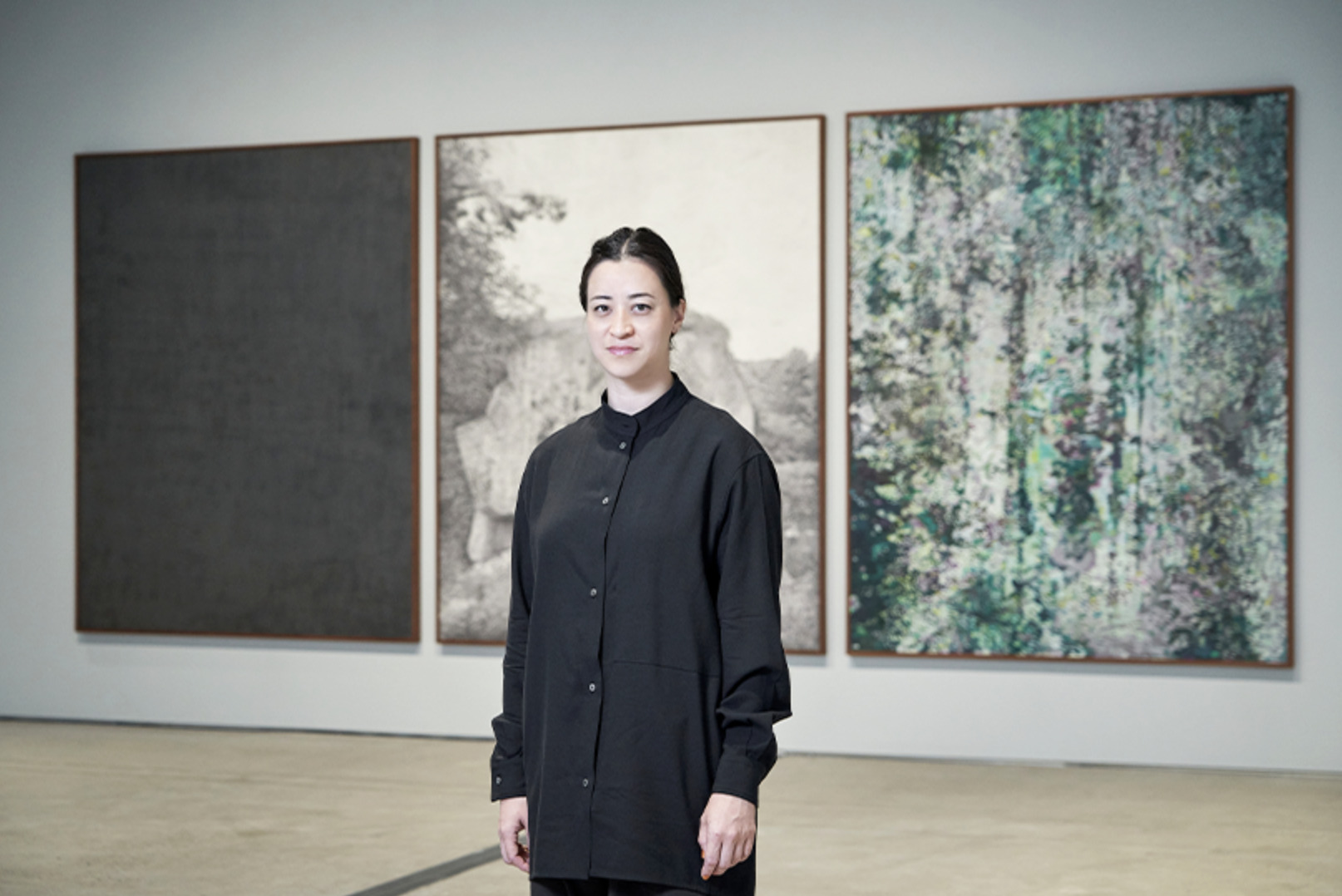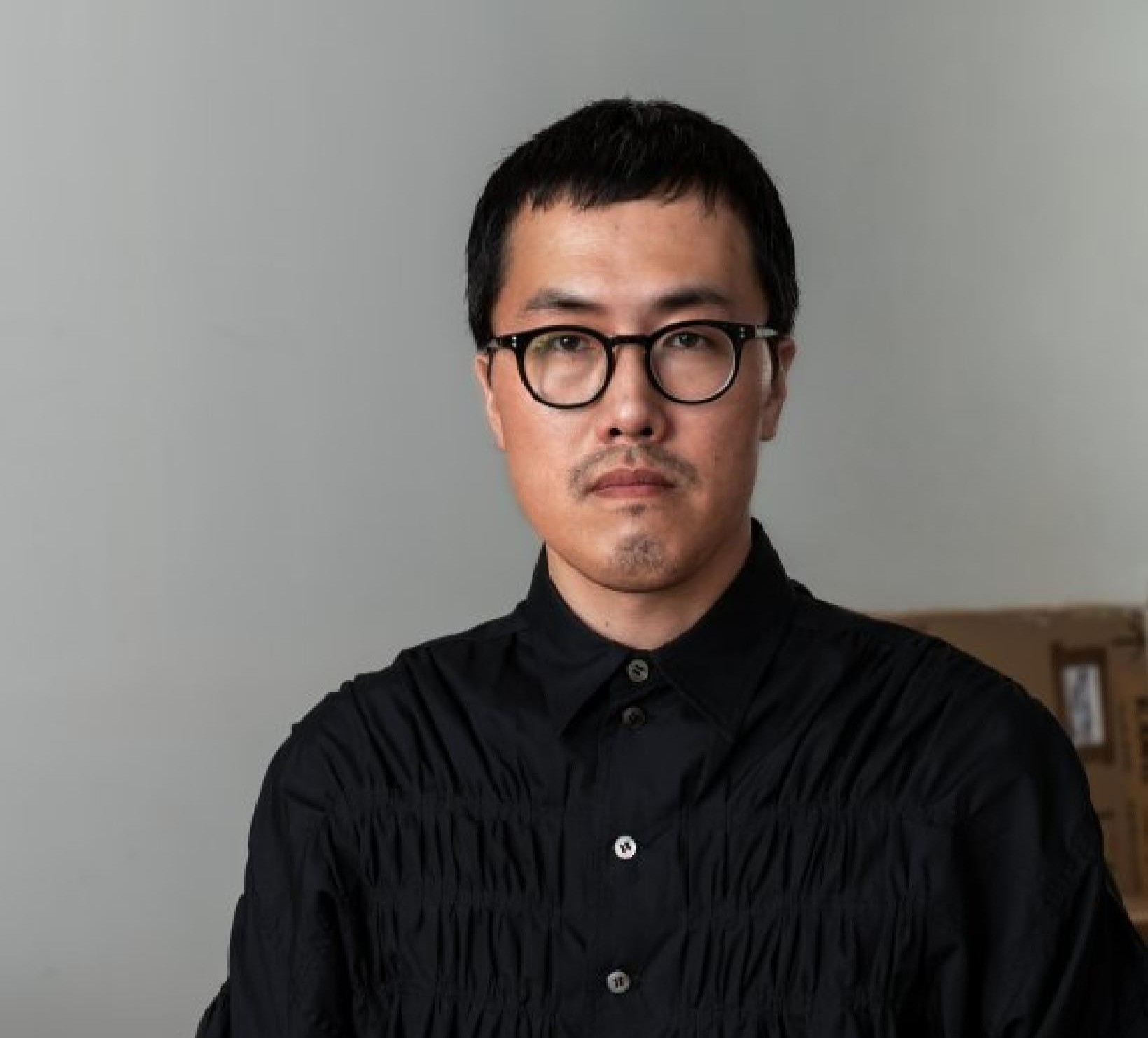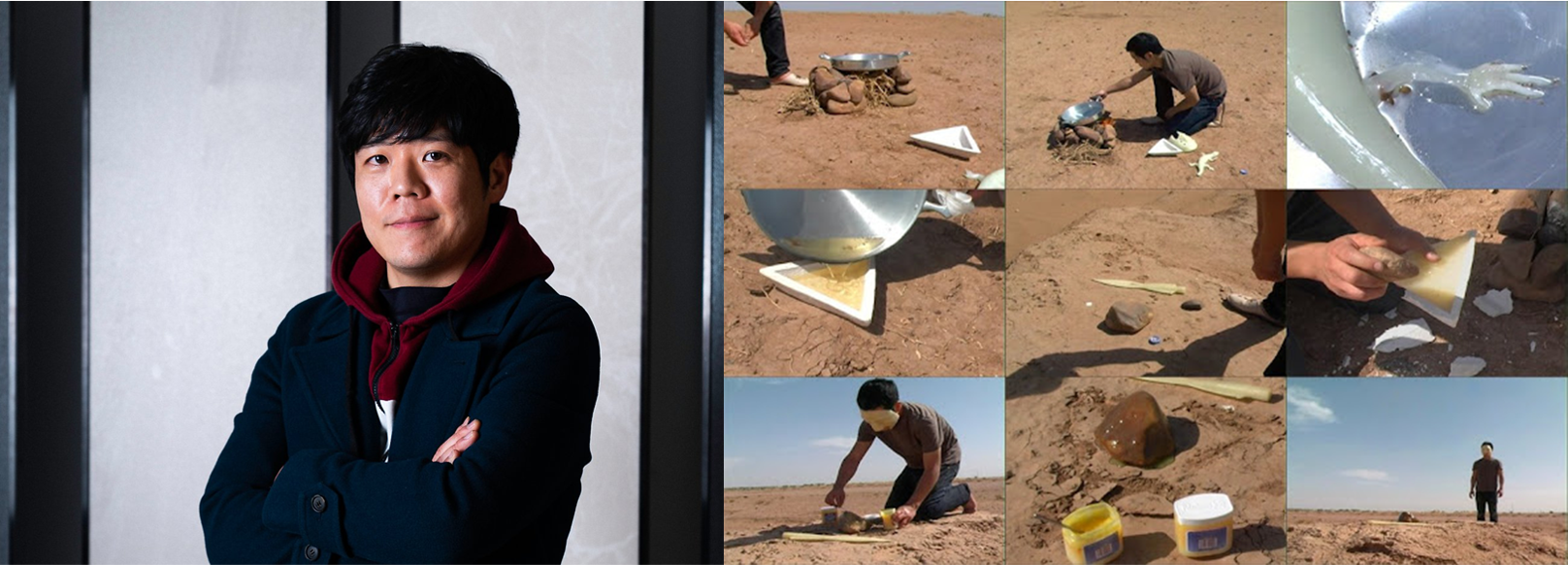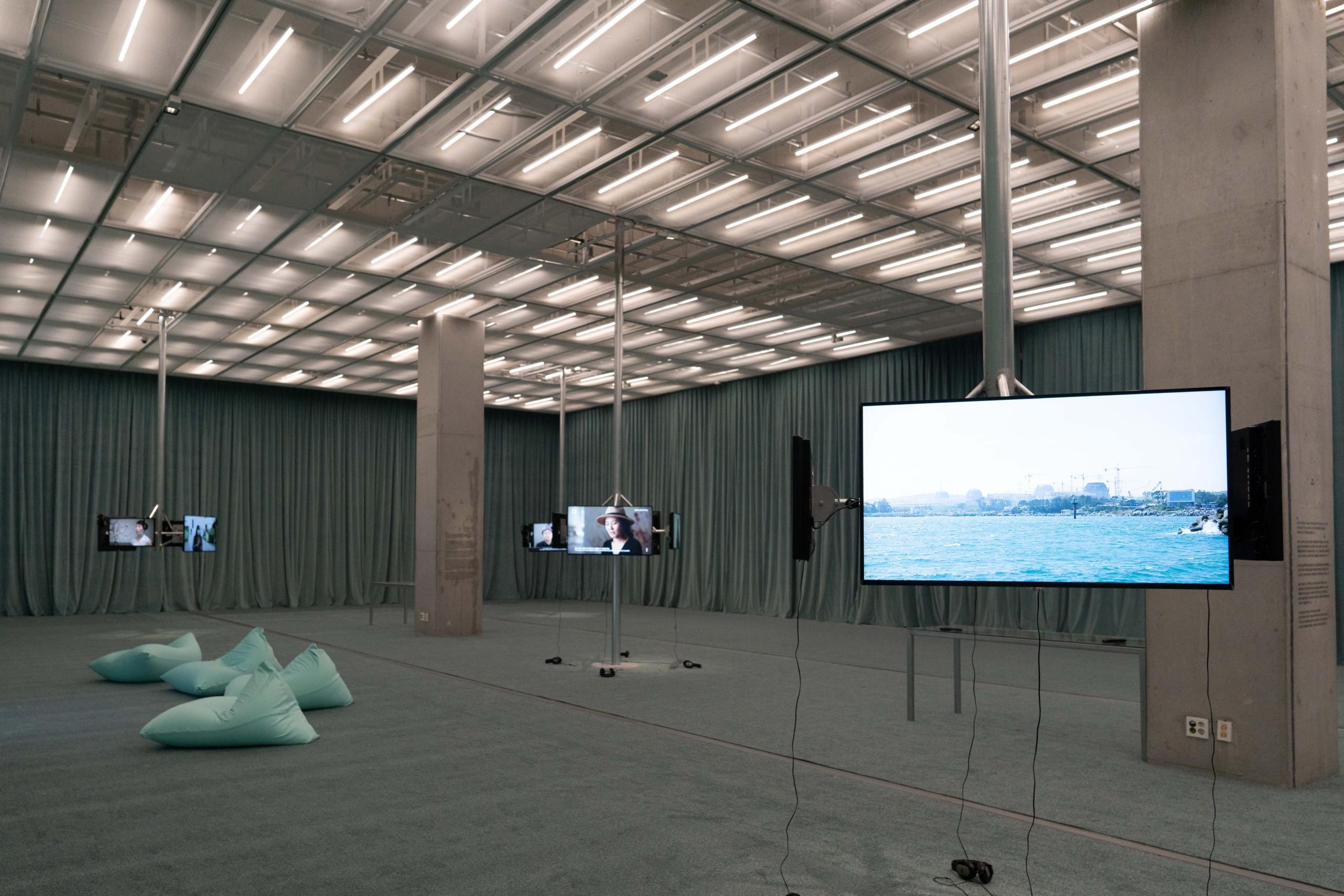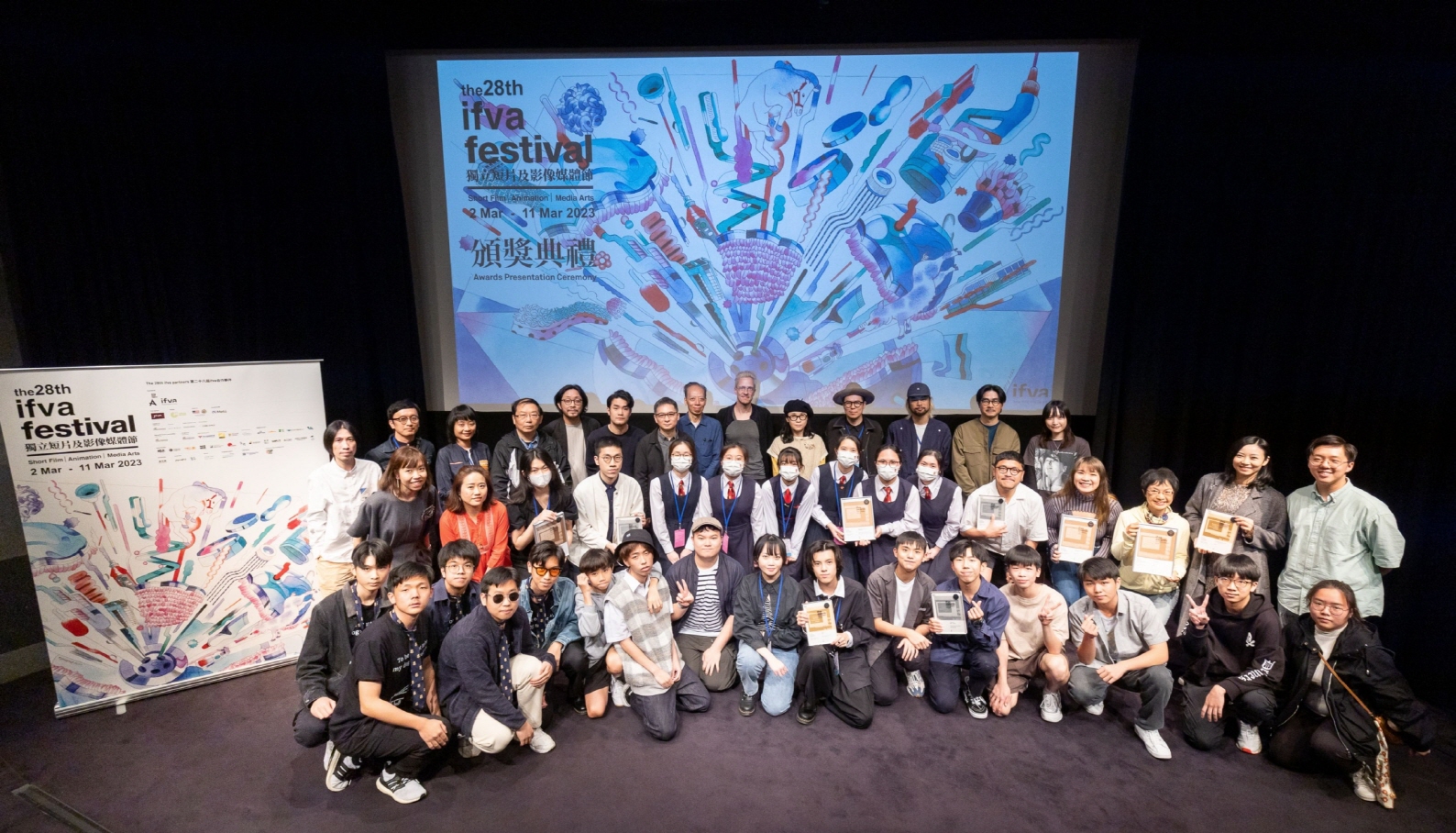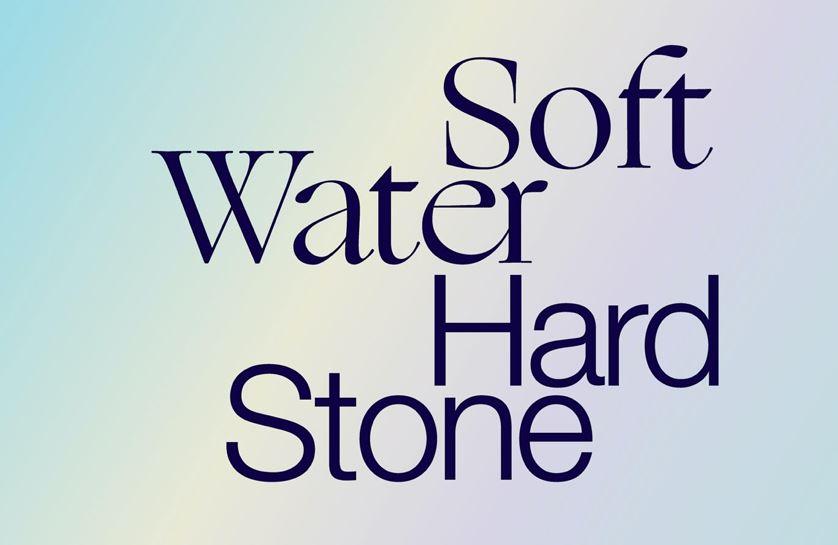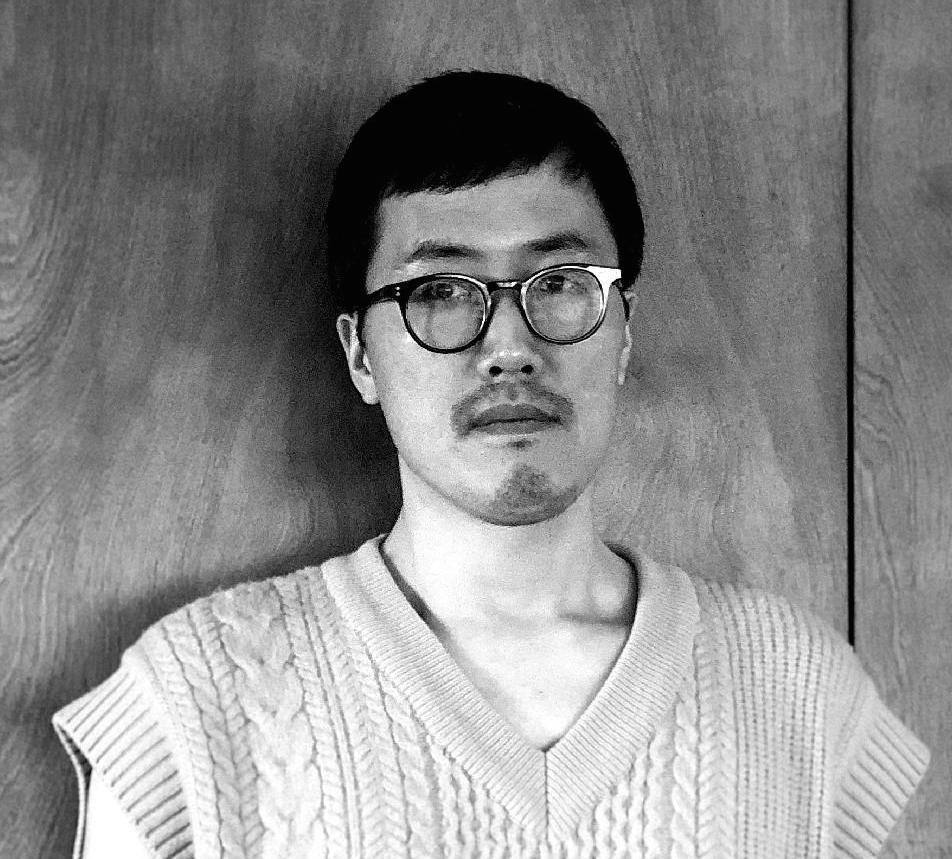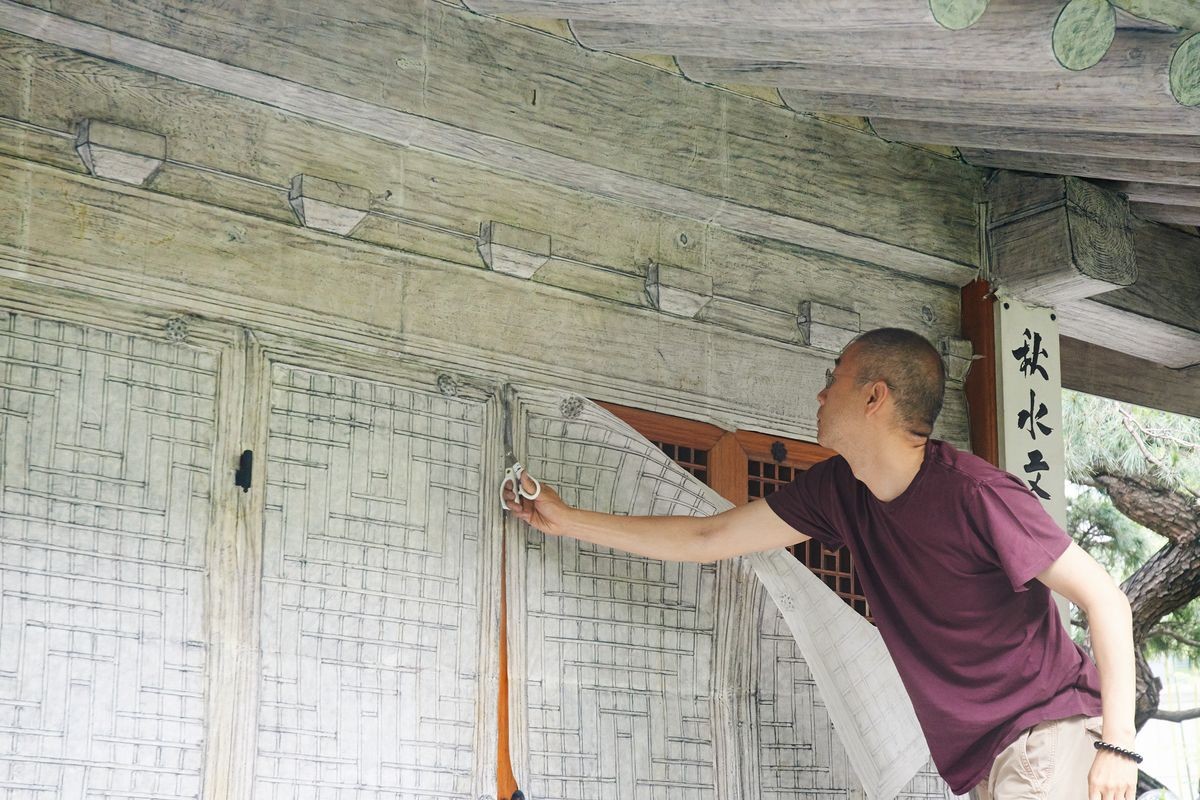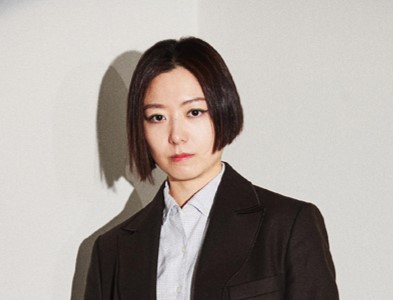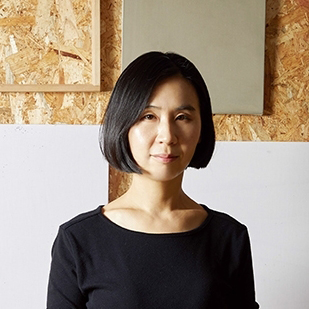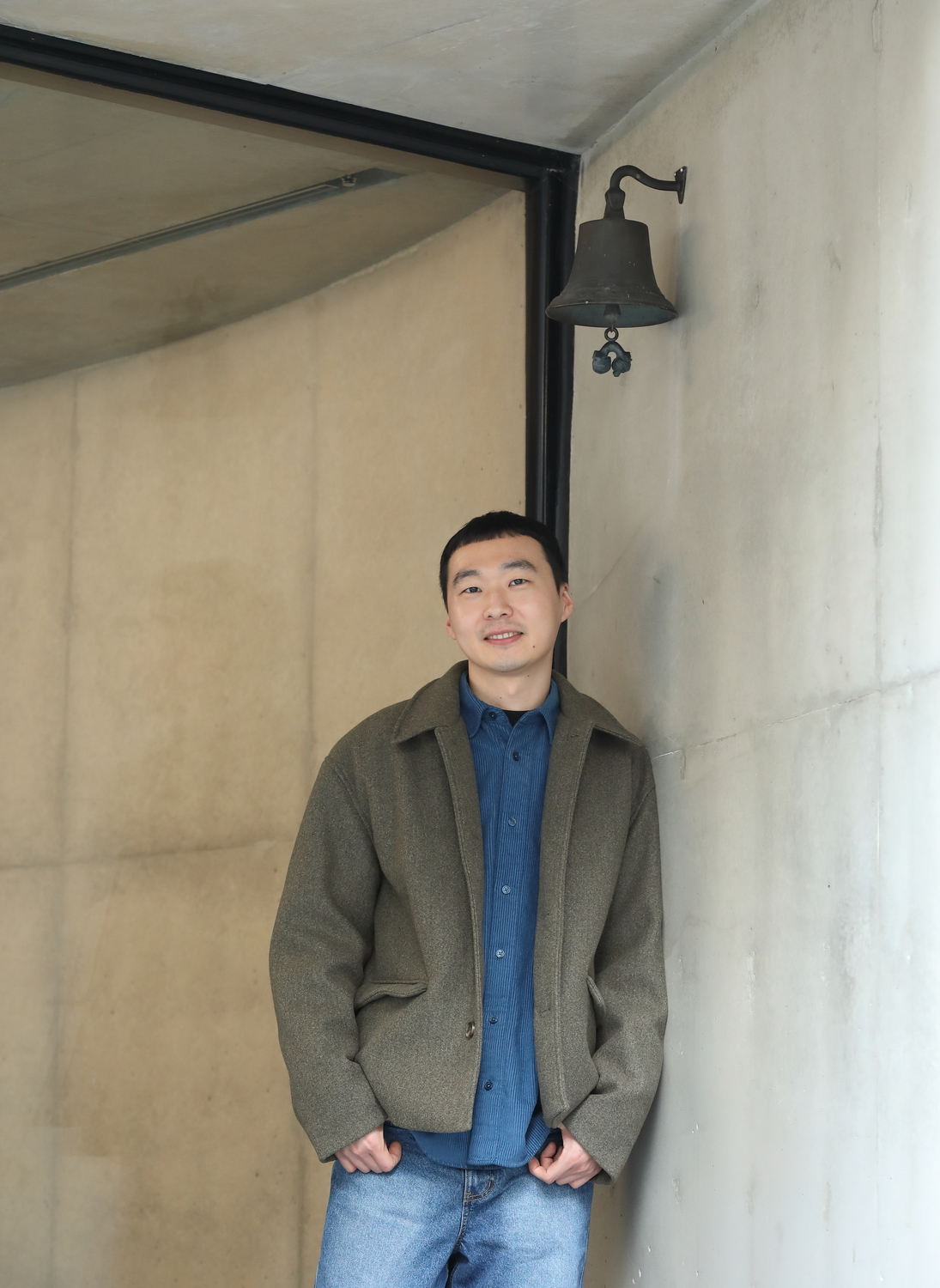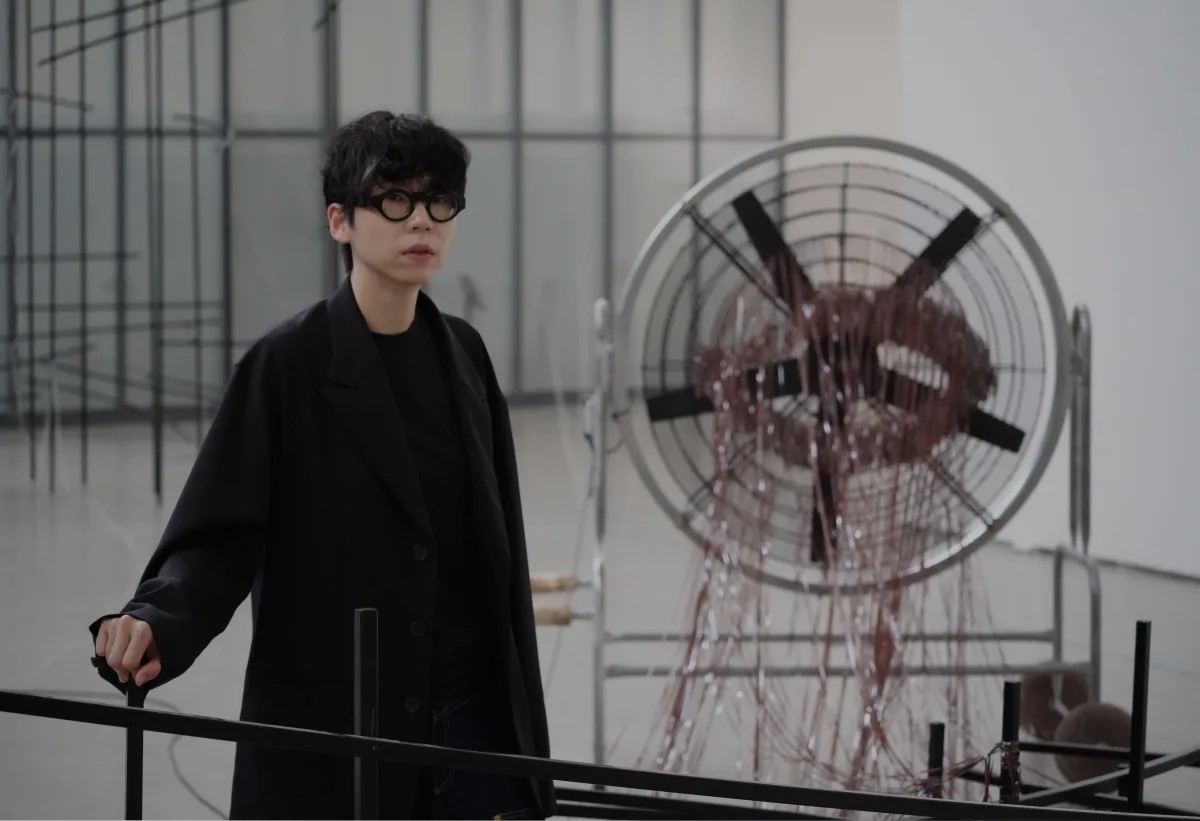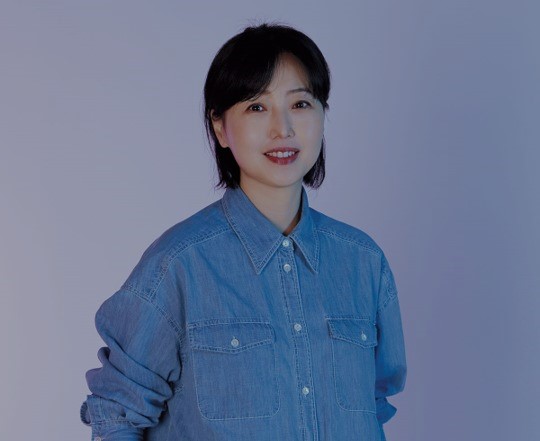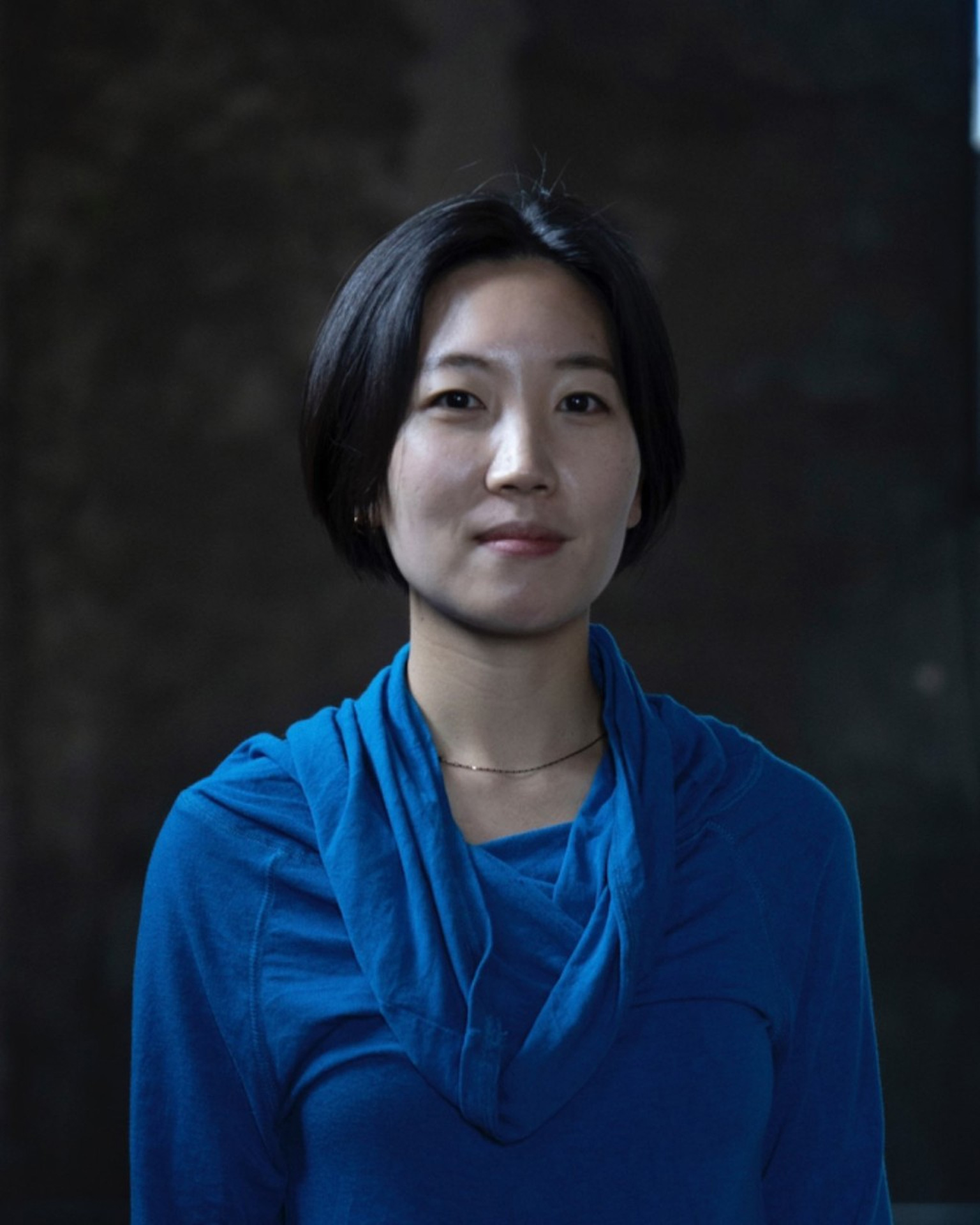Jungki Beak (b. 1981) has been creating
works that explore the essence of materials while connecting humanity's
attitudes toward the natural environment and ancient cultures often labeled as
superstition with contemporary science and philosophy.
His practice is built on a meticulous
process that involves scientifically experimenting with the essence of
materials and conducting in-depth research on specific subjects of interest,
all of which are visualized through hands-on execution.
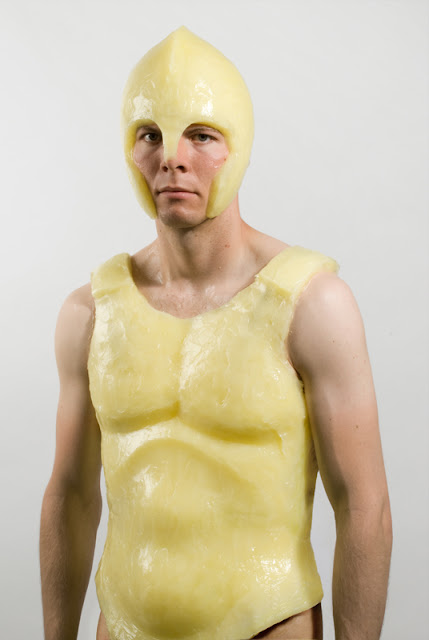
Jungki Beak, Untitled (Vaseline Armor), 2007 ©Jungki Beak
Jungki
Beak's early works stem from scars caused by a childhood fire accident. His Vaseline
Armor (2007) series, in which thick layers of Vaseline are applied to
the skin to create forms resembling helmets and armor, and the installation
work Treatment (2008), where Vaseline is filled into cracks
in buildings, visually embody the "protective and healing qualities"
of Vaseline—a substance that held significance beyond a simple household remedy
in the artist's life.
The
artist also explored the etymology of Vaseline, a word combining the Saxon term
“wassor” (water) and the Greek “oleon” (oil). Despite containing no water,
Vaseline forms an oil-based barrier when applied to the skin, preventing the
loss of moisture from beneath. This unique characteristic of Vaseline is often
utilized in Beak's works as a metaphor symbolizing the "healing properties
of water."
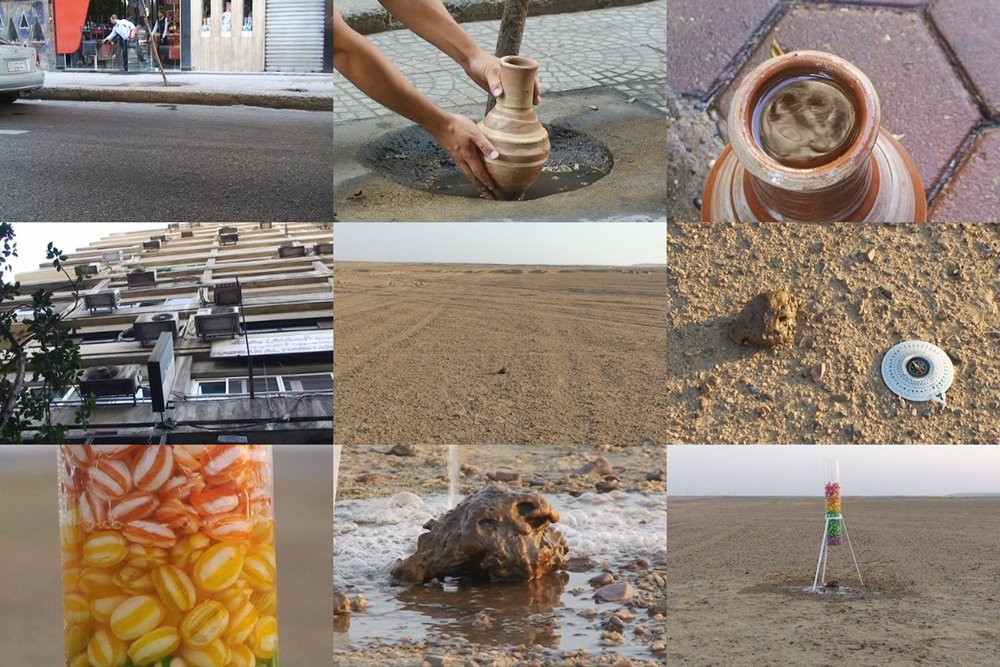 Jungki Beak, Pray
for Rain: Cairo, 2008 ©Jungki Beak
Jungki Beak, Pray
for Rain: Cairo, 2008 ©Jungki BeakSince
2008, Jungki Beak's Pray for Rain series has evolved as a
performance video project that concretizes his artistic experiments with the
"healing properties of water," an exploration that originated in his
Vaseline series, through the ritualistic framework of rainmaking ceremony.
Inspired
by Thomas F. Homer-Dixon's Environment, Scarcity, and Violence
(2001), which argues that environmental scarcity, such as water shortages, can
provoke violence and conflict, Beak cast himself as a modern shaman. His
performances aim to symbolically heal the sociopolitical tensions historically
experienced by regions suffering from water scarcity.
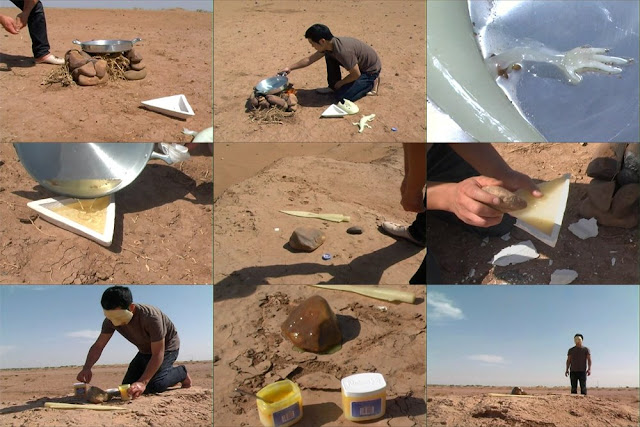
Jungki Beak, Pray for Rain: Mhamid, 2008 ©Jungki Beak
Among
these works, Pray for Rain: Mhamid (2008) was created in
Mhamid, a Moroccan location emblematic of desertification. Here, Beak performed
rainmaking rituals by incorporating traditional shamanistic elements from both
Eastern and Western traditions and intertwining them with his personal
metaphors related to "water, hydration, Vaseline, and healing."
In
one ritual, he melted and reformed salamanders—traditionally used in Korean
rainmaking rituals—crafted from wax and Vaseline. He also spread Vaseline on
stones or the ground as part of his symbolic gestures. Drawing from Western
alchemical traditions, he utilized the four classical elements (water, fire,
air, and earth) and the triangle symbol associated with them, placing these
forms in the direction of water and burying them in the ground as part of the
ritual.
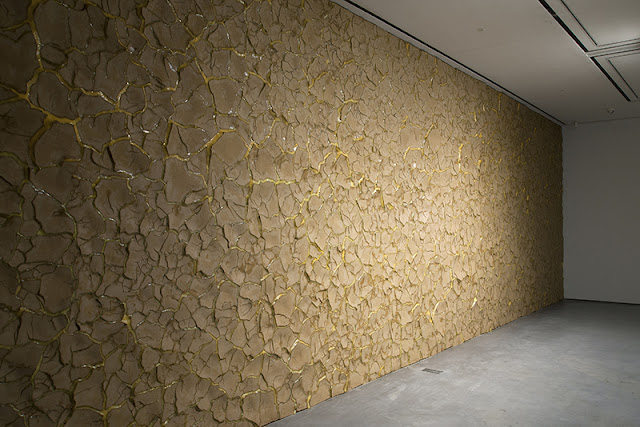 Jungki Beak, Pray
for Rain, 2015, Installation view of “MIND WALK” (DOOSAN Gallery,
2015) ©Jungki Beak
Jungki Beak, Pray
for Rain, 2015, Installation view of “MIND WALK” (DOOSAN Gallery,
2015) ©Jungki BeakSubsequently, Jungki Beak's Pray
for Rain series evolved into a prayer for societal integration,
presented in his 2015 solo exhibition “MIND WALK” at DOOSAN Gallery. Beak drew
parallels between the process of ideological polarization—where entrenched
beliefs narrow and society becomes increasingly divided—and the way prolonged
drought causes the earth to crack.
In the exhibition, the artist performed a
homeopathic magic of prayer for rain (a principle that posits that similar
things generate similar effects, with outcomes mirroring their causes). Through
this ritual, he symbolically filled the cracks of a polarized society with
understanding, tolerance, and unification, seeking to bridge divides and
promote harmony.
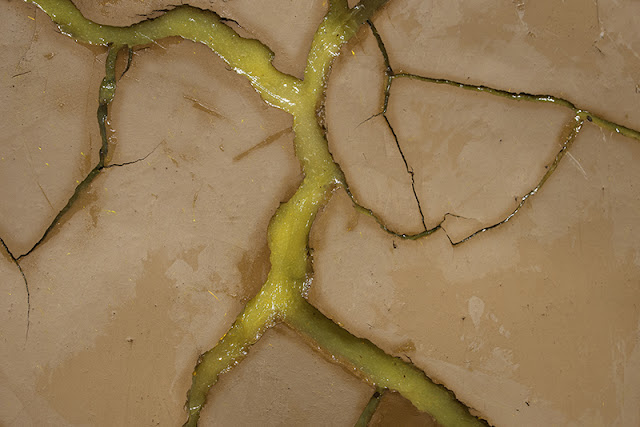 Jungki Beak, Pray
for Rain, 2015, Installation view of “MIND WALK” (DOOSAN Gallery,
2015) ©Jungki Beak
Jungki Beak, Pray
for Rain, 2015, Installation view of “MIND WALK” (DOOSAN Gallery,
2015) ©Jungki BeakThe artist applied clay to the gallery
walls, allowed it to dry, and then filled the resulting cracks with Vaseline.
By hardening and cracking the clay, it was made to resemble parched earth. The
artist then sprinkled water onto the dried clay, enacting the symbolic act of
bringing rain.
The use of Vaseline, a solid oil, rather
than water, as a material also functions as an act of homeopathic magic. Just
as shamans historically imbued objects with meaning based on their personal
experiences and used them as ritual tools, the artist utilized
Vaseline—commonly associated with moisturizing and healing—as a metaphorical
material in a rainmaking ritual, symbolically invoking the integration and
unity of society.
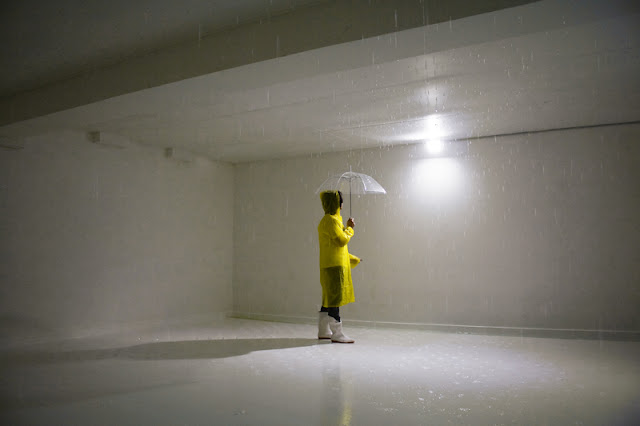
Jungki Beak, Sweet Rain, 2010, Installation view at Insa Art Space ©Jungki Beak
Meanwhile, the participatory installation work Sweet Rain (2010), exhibited in the basement of Insa Art Space, was a project that made the abstract in danbi (“sweet rain”) concrete. Within the indoor space of the exhibition hall, the artist created artificial rain infused with saccharin, a synthetic sweetener. Visitors, dressed in raincoats, were invited to freely roam the space, experiencing the sweet rain by feeling it on their bodies and even tasting it.
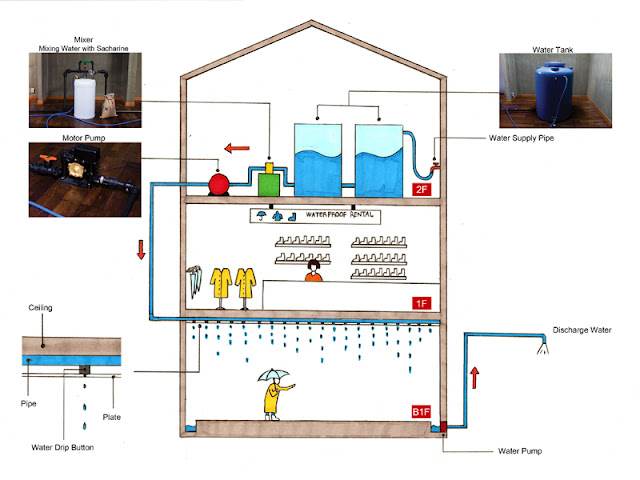
Plan of Watering System from Jungki Beak’s Sweet Rain, 2010 ©Jungki Beak
The
word “danbi (sweet rain)” typically refers not to rain that is literally sweet
but to rain that arrives at the perfect, most needed moment. The artist focused
on this meaning while also drawing attention to the adjective “sweet” embedded
in the word, which evokes a sensory connection to taste. Through this, the
artist aimed to translate the concept of danbi into a tangible sensory
experience.
To
achieve this, the artist designed a system where water from a tank on the
second floor of the building was mixed with saccharin through an intermediary
device. This sweetened water was then channeled through pumps and pipes, and
dispensed via ceiling-mounted droplet mechanisms activated by buttons. The
realization of this concept was grounded in scientific exploration and
technical methodology, serving as the foundation for the artist's imaginative
vision.
Within
this space where imagination became reality, visitors were invited to immerse
themselves in a playful and sensory experience, encountering moments of joyful
healing through their direct physical engagement.
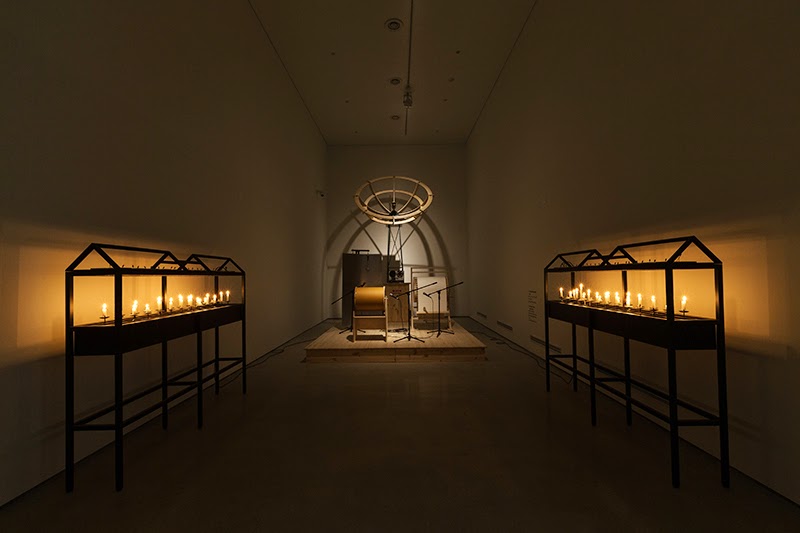 Jungki Beak, Wave
Cloud, 2014, Installation view at MMCA Seoul ©Jungki Beak
Jungki Beak, Wave
Cloud, 2014, Installation view at MMCA Seoul ©Jungki BeakThe
artist’s interest in water and rain as mediums of spiritual healing and
conflict resolution becomes more concrete in Wave Cloud
(2014). In this work, a device that artificially generates the sounds of rain,
thunder, and wind emerges as an integral component of the framework of a rainmaking
ritual.
In
Aztec shamanistic practices, it is said that instruments producing sounds
resembling rain were played during rainmaking ritual. Inspired by these
instruments, the artist crafted a device that generates sounds of rain, wind,
and thunderstorm as if performing on an instrument.
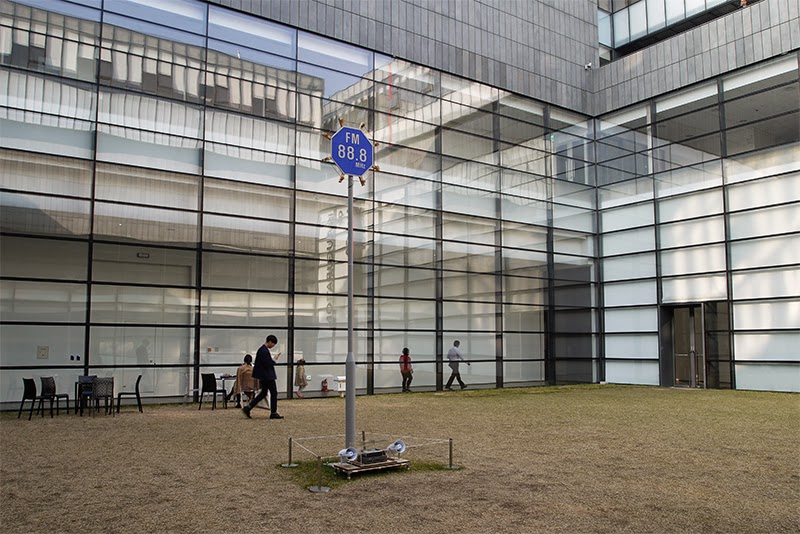 Jungki Beak, Wave
Cloud, 2014, Installation view at MMCA Seoul ©Jungki Beak
Jungki Beak, Wave
Cloud, 2014, Installation view at MMCA Seoul ©Jungki BeakThese sounds are transmitted as radio waves
through an antenna to areas beyond the exhibition space. To amplify and extend
the reach of these radio waves, the transmission device and amplifier are
powered by a unique mechanism that converts the subtle heat energy from candles
placed in a "candle generator" into electrical energy.
The participation of visitors is key: the
more candles placed on the generator, the greater the power of the transmitted
radio waves. Consequently, the sounds of rain, wind, and lightning carried by
these waves travel farther and more powerfully. Emitted through a large
antenna, the radio waves permeate the exhibition space, extend into other areas
of the museum, and reach outdoor locations where visitors can hear the sounds
via radios.
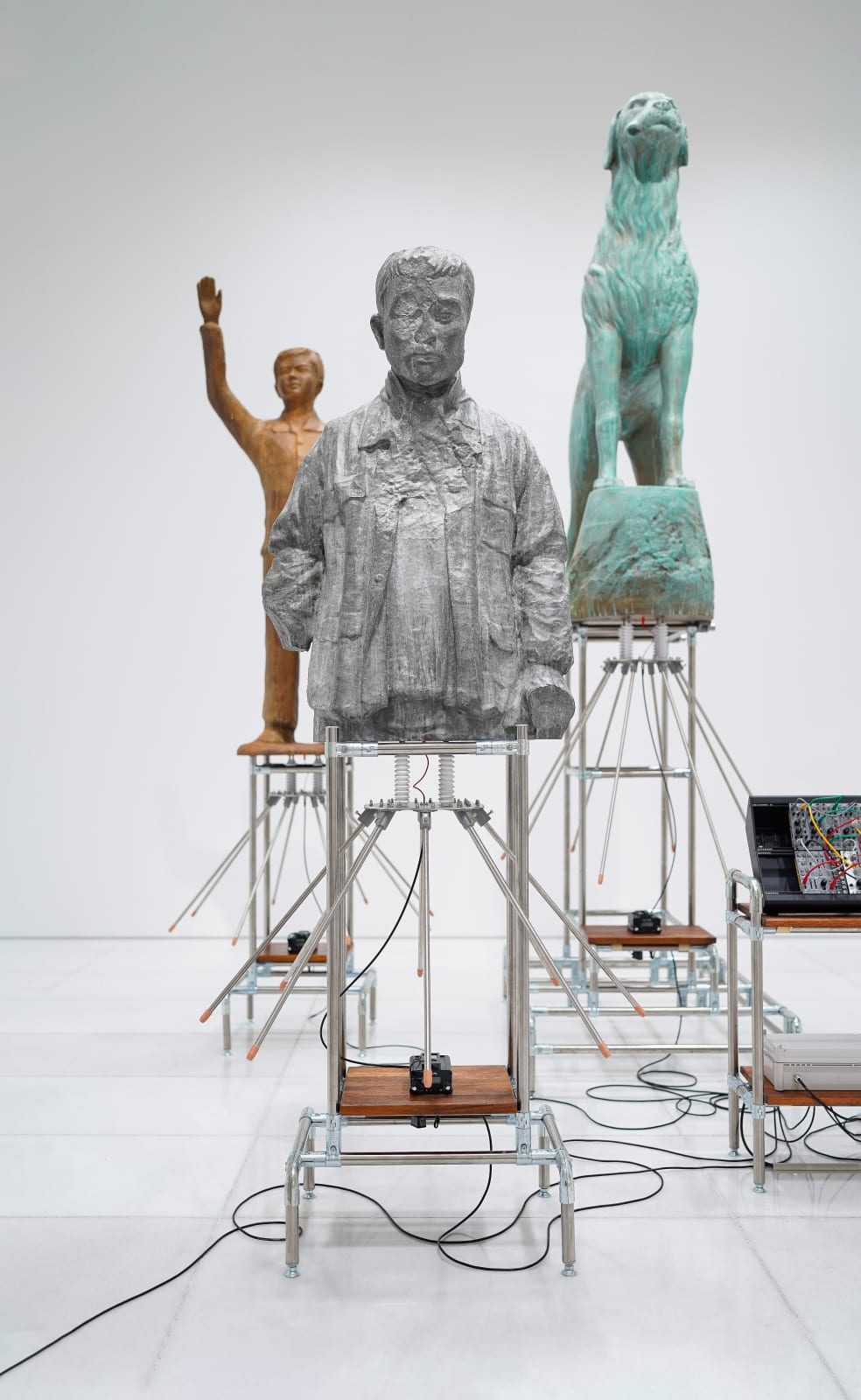 Jungki Beak, Active
Statue: Jeon Tae Il, 2023, Installation view of “All in One” (Arario
Gallery, 2023) ©Arario Gallery
Jungki Beak, Active
Statue: Jeon Tae Il, 2023, Installation view of “All in One” (Arario
Gallery, 2023) ©Arario GalleryThe
Active Statue (2023) series, presented in the solo
exhibition “All in One” at Arario Gallery in 2023, is another sound
installation using antennas. This series involves creating monumental statues
of actual figures and adding sound to them.
It
is an extension of the Memorial Antenna series, which the
artist has been working on since 2011. Memorial Antenna is a
project where actual statues or monuments, erected to commemorate historical,
political, or religious events, are repurposed as antennas to receive shortwave
radio signals.
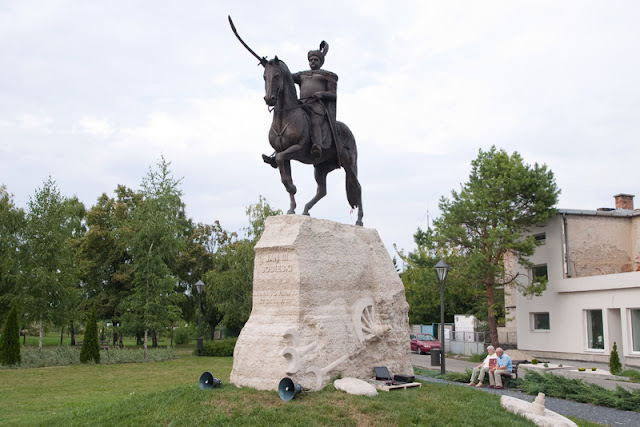
Jungki Beak, Memorial Antenna: Sobieski Jan lll, 2011 ©Jungki Beak
Memorial Antenna is a
work that directly uses the material properties of existing outdoor monuments
made of metal, whereas Active Statue involves 3D scanning
real statues, transforming them into antenna sculptures with slightly altered
appearances, adding an imaginative element to their forms.
These statues transmit a voice reading a
mysterious novel and intermittent cello performances as radio waves, and the
audience listens to these new electromagnetic waves and languages through
radios placed throughout the gallery space. By using the statue as an antenna
to visualize latent sounds, Beak encourages reconsideration of the significance
of existence, directing attention to the materiality of the medium rather than
the meaning or symbolism embodied in the statue's appearance.
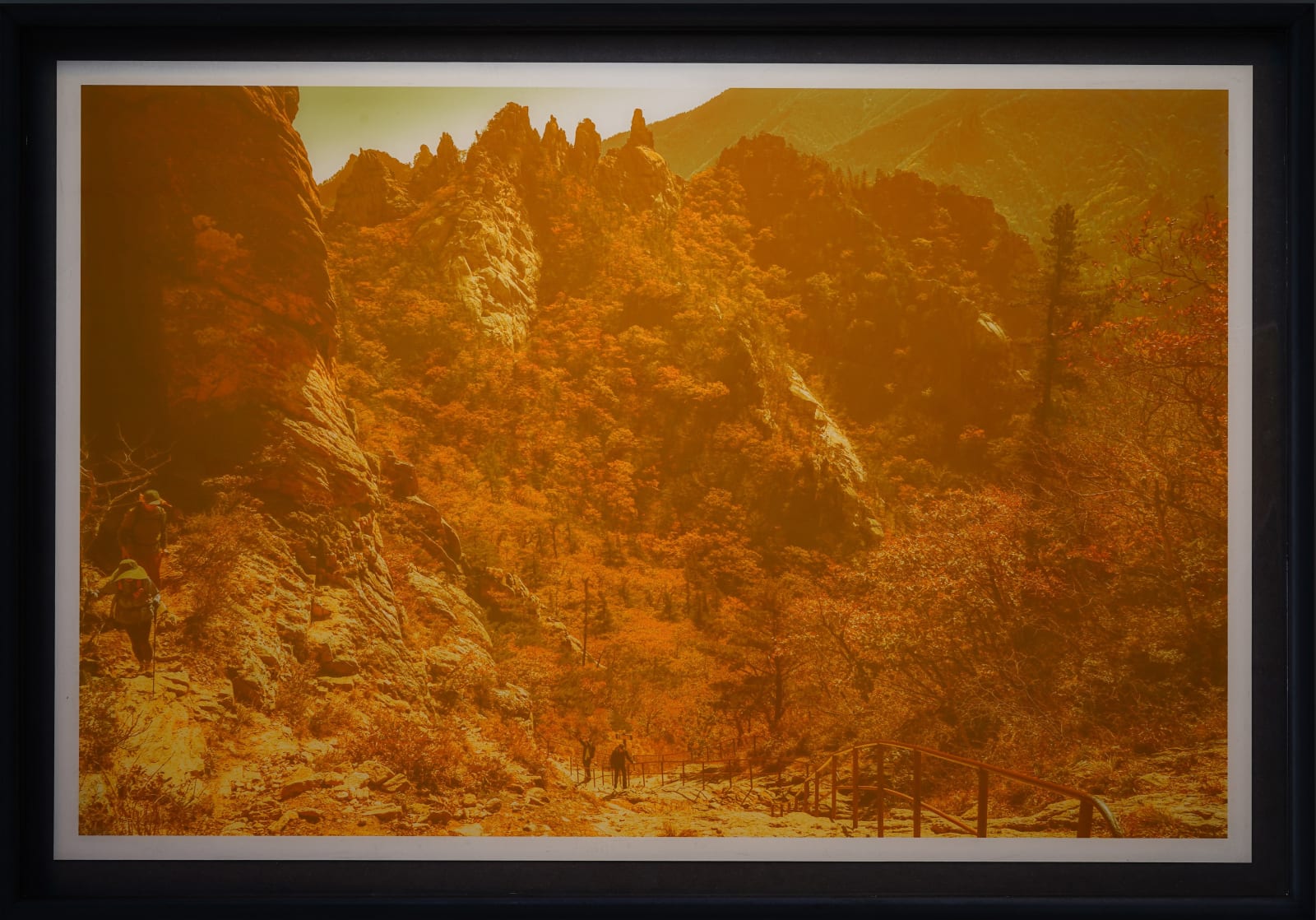 Jungki Beak, Is
of: Mt. Seorak-01, 2023 ©Arario Gallery
Jungki Beak, Is
of: Mt. Seorak-01, 2023 ©Arario GalleryAnother representative work of Jungki Beak, the Is of (2011-) series, consists of photographs depicting natural landscapes. Although they appear to be faded, old landscape photos, these images are actually prints made using pigments extracted from natural materials such as maple leaves and green tea leaves found at the locations captured in the photographs. Unlike conventional ink prints, the colors derived from real nature are less precise in reproduction, and when exposed to light or oxygen, they gradually fade over time, reflecting the passage of time.
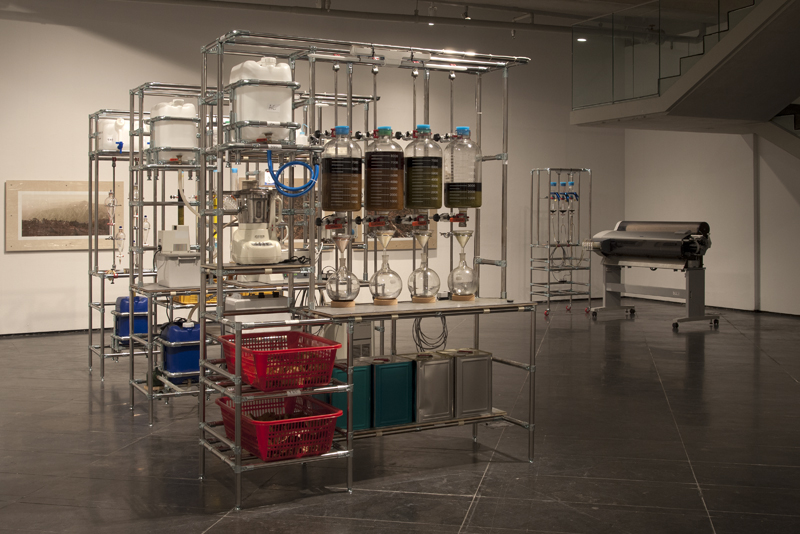 Installation view
of “Is of” (Alternative Space LOOP, 2012) ©Jungki Beak
Installation view
of “Is of” (Alternative Space LOOP, 2012) ©Jungki BeakBy creating works using natural elements,
Beak visually presents the concepts of nature's essence and properties, as well
as the processes of generation and dissolution. Since 2017, he has researched
preservation methods, resulting in the development of photographic works where
the entire photo is encapsulated with transparent resin using an impregnation
technique. This act of freezing time leads to reflections on human desires and
actions to artificially halt the natural process of change.
Jungki Beak continuous exploration of
surrounding objects and phenomena has evolved into works that approach the
belief in materials formed over time or the invisible flow of natural energy
with both artistic imagination and scientific methods. His works bridge or merge
opposing themes such as modern and traditional, science and religion, material
and spirit, using the natural properties of materials.
"Through my works, I wanted to evoke
the essence of nature and reflect on our conceptions." (Jungki Beak, The Kyunghyang Shinmun,
2010.08.02)
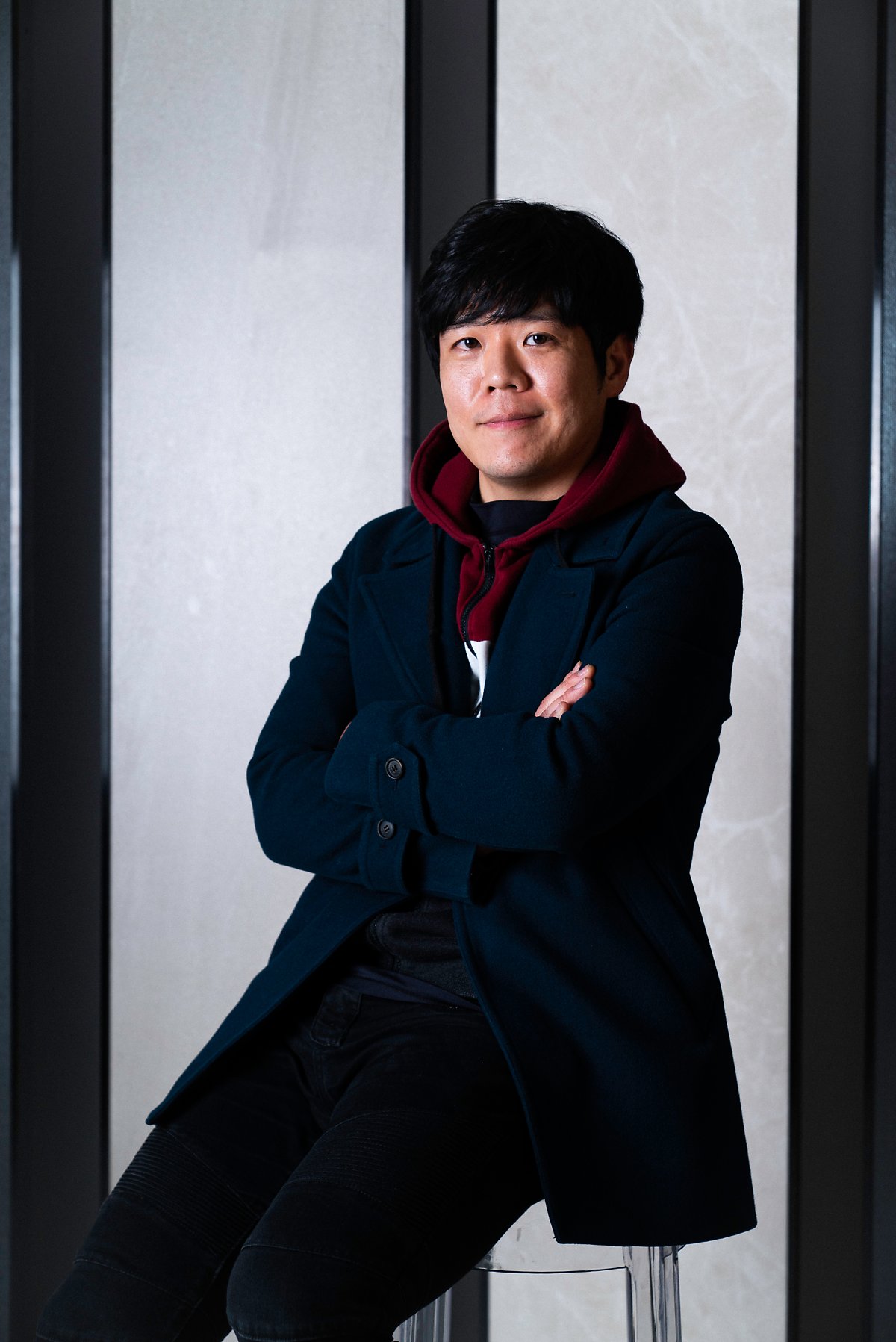 Artist
Jungki Beak ©Interior Design Korea
Artist
Jungki Beak ©Interior Design KoreaJungki
Beak studied sculpture in Kookmin University, Korea, and carried on his
education in fine art at Glasgow School of Art, UK. From 2006 until 2023, he
has held 12 solo exhibitions, at Alt Space LOOP and OCI Museum just to name a
few. From 2004 until now he has participated in many museum exhibitions in
Korea, such shows held at The National Museum of Modern and Contemporary Art
Korea, Seoul Museum of Art, Amorepacific Museum of Art, Ulsan Art Museum, SONGEUN,
Leeum Museum of Art, Nam June Paik Art Center, Posco Art Museum and Daegu Art
Museum.
He
has also participated in many group shows internationally in Denmark,
Netherlands, Germany, UK, Italy, USA, Venezuela, Israel, China, Singapore and
Hong Kong. In 2012 he was awarded the SONGEUN Art Award, 2019 the Kimsechoong
Art Prize for sculpture, and in 2023 IFVA
Media
Art Gold Award, Hong Kong Arts Center. His works are in public collections such
as the National Museum of Modern and Contemporary Art Korea, Busan Museum of
Contemporary Art and Ulsan Art Museum in Korea.
References
- 백정기, Jungki Beak (Artist Website)
- 아라리오갤러리, 백정기 (Arario Gallery, Jungki Beak)
- 국립현대미술관, 백정기 | 기우제:마하미드 | 2008 – 2018 (National Museum of Modern and Contemporary Art Korea (MMCA), Jungki Beak |Pray for Rain: Mhamid | 2008 -2018)
- Korean Artist Project, 샤머니즘, 공학, 미술: 백정기의 작업에서 과도적 영역들 - 강수미)
- 아라리오갤러리, 올인원 (Arario Gallery, All in One)
- 경향신문, “파란물은 없는데…” 실재와 관념 사이, 2010.08.02




